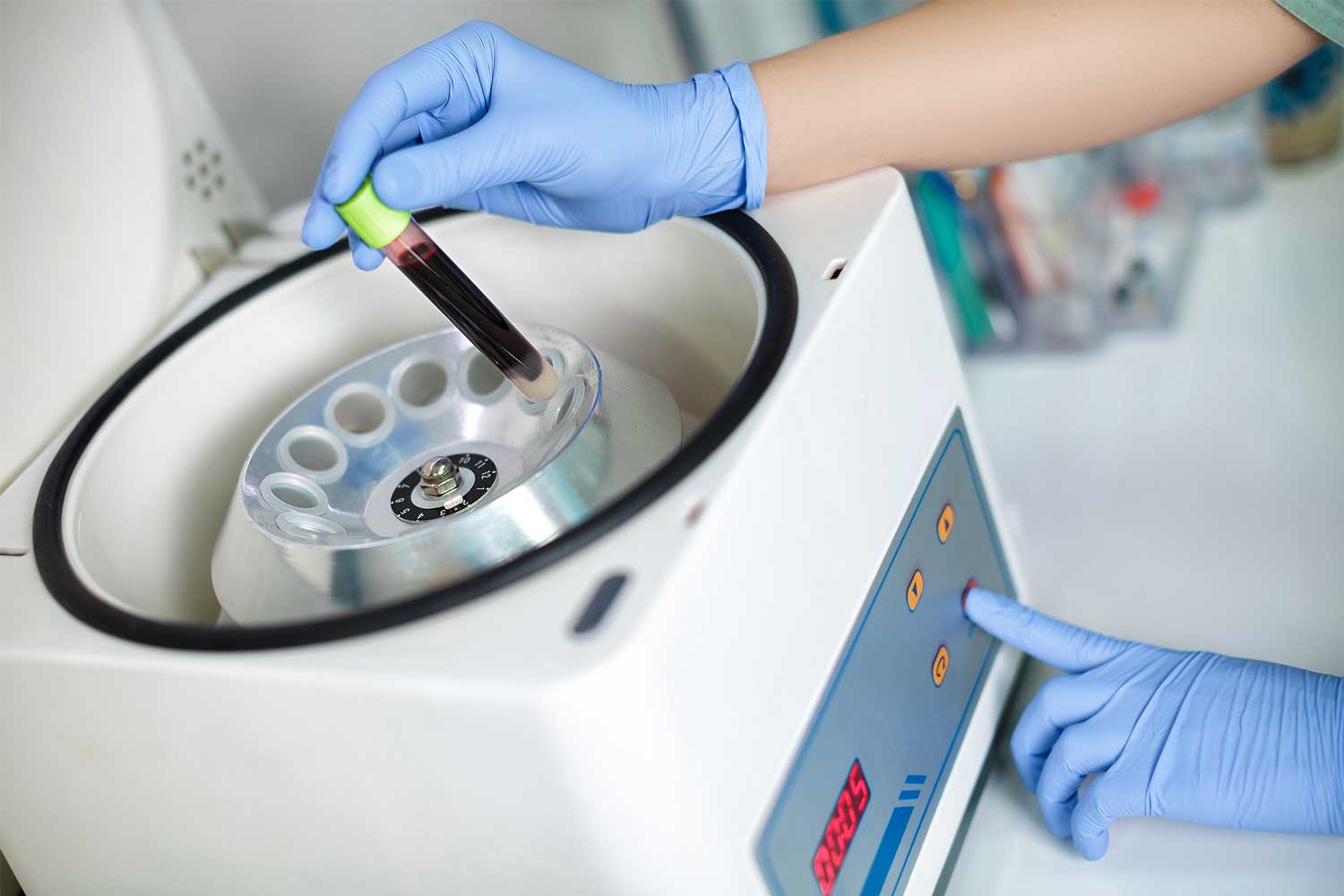Osteoarthritis is a chronic wear-n-tear arthritis that results in the arthritic joint being in a state of constant inflammation. According to the CDC, osteoarthritis affects over 30 million people in the United States and significantly limits their daily activities and quality of life (CDC, 2017). Traditional treatments consist of palliative care, meaning the physician is basically attempting to treat your symptoms, not the problem. This usually means a regiment of medications to dull the pain enough to forget about the problem, but after the medications wear off the pain returns and the condition was only getting worse all along. Other treatments have focused on injecting various types of fillers into the joint to create space in the joint so there is less rubbing action and friction to cause more pain, but again, these are temporary treatments and in some cases these treatments end up causing more damage in the long run in efforts to reduce the pain in the short run (Moussa, et al., 2017).
Platelet Rich Plasma, or PRP, has immerged in the last 5-10 years as being an excellent new therapy for osteoarthritis. Numerous research articles have been published proving the validity of using PRP for the treatment of osteoarthritis. The results are promising, on paper and in the clinic. So, what exactly is PRP and how does it work to bring about these positive effects? Let’s explore some of the details of this regenerative medicine treatment option.
What exactly is PRP?
Platelet Rich Plasma, PRP, is produced form the patient’s own blood. The blood is drawn and then spun down in a centrifuge. This creates all the layers that we see in blood. There are three main layers produced during a centrifuge spinning process. The red blood cells are on the bottom, a buffy coat is in the middle, and the plasma layer is at the top. In simple terms the PRP layer is a clear layer at the top portion of the tube that is then drawn up into a hypodermic needle, then reinjected back into the patient’s arthritic joints (Moussa, et al., 2017).
What does PRP do to help treat osteoarthritis?
Osteoarthritis is a slow and steady degenerative process where the cartilage cells in the joint slowly die off after being worn down by inflammation and use. These cartilage cells are not able to replicate fast enough on their own to replace the lost tissue. In most cases the cells grow increasingly inactive over time. To overcome this problem, PRP inhibits multiple inflammatory cytokines and induces formation of inti-inflammation in the joint, which slows down the degradation process. The PRP then also induces cartilage cell proliferation, which reverses the effects of the degradation. This means that PRP slows, or stops the damage process and induces a regenerative process. Which is why PRP is considered regenerative medicine (Moussa, et al., 2017).
Cost of Therapy?
PRP can be a very affordable regenerative medicine option for anyone with osteoarthritis. Insurance reimbursement may not be possible in most cases and this is largely considered a cash pay treatment, where the patient will be expected to pay in full before the treatment. Luckily PRP procedures are relatively inexpensive compared to other alternatives. To find the best pricing options for a PRP treatment go to www.regenproviders.com and search under PRP to see who is offering PRP treatment in your area and to inquire about pricing.
References:
CDC. (2017, February 02). Osteoarthritis Fact Sheet. Retrieved March 15, 2017, from https://www.cdc.gov/arthritis/basics/osteoarthritis.htm
Moussa, M., Lajeunesse, D., Hilal, G., Atat, O. E., Haykal, G., Serhal, R., . . . Alaaeddine, N. (2017). Platelet rich plasma (PRP) induces chondroprotection via increasing autophagy, anti-inflammatory markers, and decreasing apoptosis in human osteoarthritic cartilage. Experimental Cell Research, 352(1), 146-156. doi:10.1016/j.yexcr.2017.02.012
